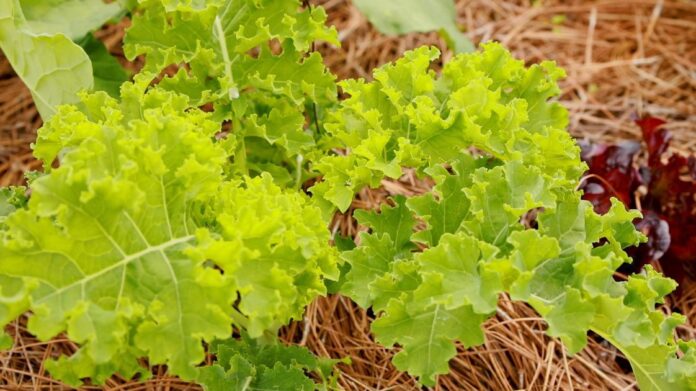AUBURN UNIVERSITY, Ala. — While September signifies the beginning of fall, October is often the month that brings lower temperatures to Alabama. As temperatures drop, homeowners may have concerns for outdoor plants and wonder how to help them survive and acclimate. Alabama Cooperative Extension System home grounds, gardens and home pests regional agents say there are several steps people can do to prepare for the season’s cooler weather.
Frost’s bite
A swift change of temperature can be stressful for outdoor plants. It is important to prepare fall gardens and flower beds for events like the first frost to mitigate plant damage and prevent a complete loss.
“After fall gives way to cooler weather, we will inevitably have frosts and freezes coming our way,” said Brian Brown, an Alabama Extension regional agent. “Sometimes, these freeze events can happen suddenly without giving plants time to acclimate to the colder temperatures. Plants that have new growth because of recent warm temperatures may have some minimal dieback.”
All is not lost when a cold front moves across Alabama. There are preventative measures that will help protect plants against cold injuries.
Plant protect
Brown said one of the first things to do when preparing for frost is to ensure proper soil moisture.
“Be sure to water your plants as needed since soil moisture will help absorb heat,” Brown said. “A drought-affected plant will be impacted more than a well-watered one.”
Covering plants will also provide insulation for heat emitted from the ground. This method traps warm air to mitigate freezing. Lightweight cloth material, such as a bed sheet, or floating row covers that can be found at most farm supply or garden centers will suffice.
Be sure to use sticks or posts to keep the cover off your plants. It is also important to weigh down the cover or sheet’s edges to keep the wind from blowing it away. Plastic is not recommended because it can damage the plant. Remove all covers when temperatures reach above freezing.
“Mulching will also help retain soil moisture and help prevent heat loss,” Brown said. “Don’t forget to take any interior plants indoors that you have kept outside during the summer. If you have any concern about your plants — particularly in the mountains of far-north Alabama, where temperatures may be well below freezing — it might be a good idea to go ahead and use one of these techniques.”
Susceptible species
Cool-season crops, like collards, cabbage, onions and broccoli, are hardy vegetables and can withstand temperatures below freezing for short periods of time. Evidence of lightly burned foliage is completely normal for these crops after enduring a frost. Semihardy vegetables like lettuce will need to be harvested before the freeze.
Dani Carroll, an Alabama Extension regional agent, said certain crops may require some extra care.
“Gardeners can use something like an empty milk jug with the top cut out to cover their vegetables,” Carroll said. “Roots crops, such as carrots, radishes and turnips, will need to be heavily mulched to prevent damage.”
She said plants that were recently placed in the ground may not be hardy enough to withstand long periods of freezing temperatures.
More information
For more information about gardening throughout the year, listen to Alabama Extension’s ‘From the Ground Up! Podcast‘ or visit www.aces.edu to find additional information.




















